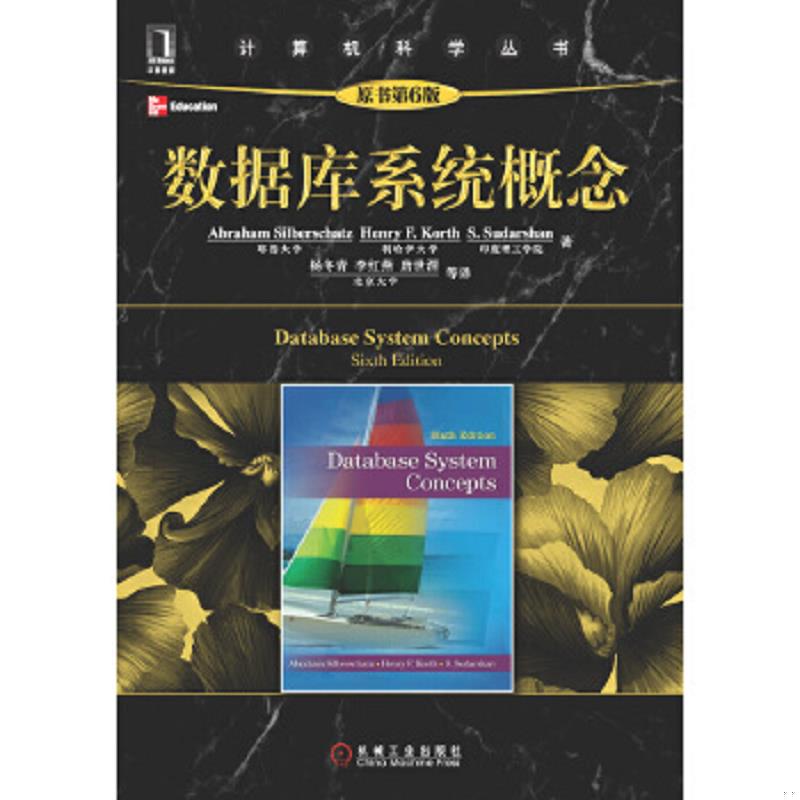例如:根据用户信息,查询用户列表,当不知道根据的是用户的什么信息时,写出查询的SQL语句是有一定困难的,而动态SQL语句主要解决的就是此类问题。
if标签的使用
在持久层接口定义方法
/**
* 根据用户信息,查询用户列表
* @param user
* @return
*/
List<User> findByUser(User user);
编写持久层接口对应的映射文件
<!-- 根据用户信息,查询用户列表 -->
<select id="findByUser" resultType="User" parameterType="User">
select *from user where 1 = 1
<if test="id != 0">
and id = #{id}
</if>
<if test="username != null and username != '' ">
and username like #{username}
</if>
<if test="birthday != null">
and birthday = #{birthday}
</if>
<if test="sex != null">
and sex = #{sex}
</if>
<if test="address != null">
and address = #{address}
</if>
</select>
编写测试方法
/**
* 根据用户信息,查询用户列表
*/
@Test
public void testFindByUser()
{
User user = new User();
user.setUsername("%王%");
List<User> users = userDao.findByUser(user);
for (User u : users)
{
System.out.println(u);
}
}
where标签的使用
为了简化上面 where 1=1 的条件拼接,我们可以采用标签来简化开发,因此修改持久层映射文件
<!-- 根据用户信息,查询用户列表 -->
<select id="findByUser" resultType="User" parameterType="User">
select *from user
<where>
<if test="id != 0">
and id = #{id}
</if>
<if test="username != null and username != '' ">
and username like #{username}
</if>
<if test="birthday != null">
and birthday = #{birthday}
</if>
<if test="sex != null">
and sex = #{sex}
</if>
<if test="address != null">
and address = #{address}
</if>
</where>
</select>
foreach标签的使用
froeach是对一个集合进行遍历,通常在构建in条件语句的时候应用
例如:根据一个用户id集合查询用户。
对id集合进行封装,加入到List集合
编写持久层接口方法
/**
* 根据id集合查询用户
* @param queryUR
* @return
*/
List<User> findInIds(QueryUR queryUR);
编写持久层接口映射文件
<!--根据id集合查询用户 -->
<select id="findInIds" resultType="user" parameterType="int">
select *from user
<where>
<if test="ids != null and ids.size() > 0">
<!-- foreach:用于遍历集合
collection:代表要遍历的集合
open:代表语句的开始部分
close:代表语句的结束部分
item:代表需要遍历的集合的每个元素
sperator:代表分隔符
-->
<foreach collection="ids" open="id in (" close=")" item="uid" separator=",">
#{uid}
</foreach>
</if>
</where>
</select>
编写测试方法
/**
* 根据id集合查询用户
*/
@Test
public void testFindInIds()
{
QueryUR queryUR = new QueryUR();
List<Integer> ids = new ArrayList<Integer>();
ids.add(41);
ids.add(43);
ids.add(45);
queryUR.setIds(ids);
List<User> users = userDao.findInIds(queryUR);
for (User user : users)
{
System.out.println(user);
}
}
sql语句的简化编写
在映射文件中,可以将重复的sql语句通过sql标签提取出来,使用include标签引用即可,已达到sql重用的效果。如下所示:
<!--抽取重复的语句代码片段-->
<sql id="querySql">
select *from user
</sql>
<select id="findAll" resultType="USER" >
<include refid="querySql"></include>
</select>
<!--根据id查询用户-->
<select id="findById" resultType="User" parameterType="int">
<include refid="querySql"></include> where id= #{userID};
</select>
以上为个人经验,希望能给大家一个参考,也希望大家多多支持。
更多SQL内容来自木庄网络博客





